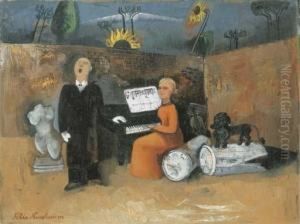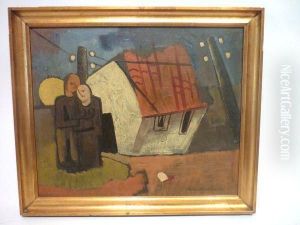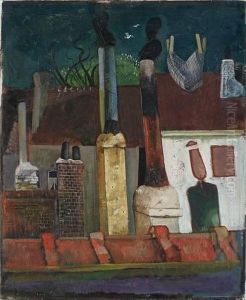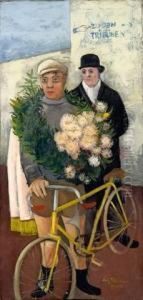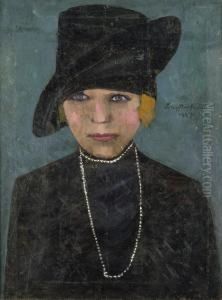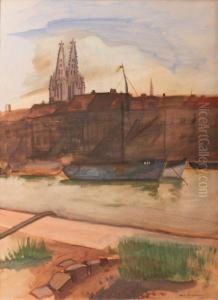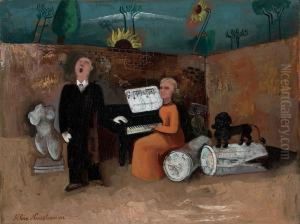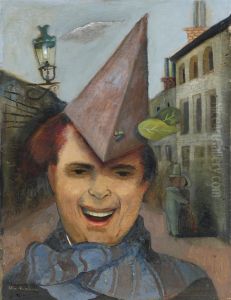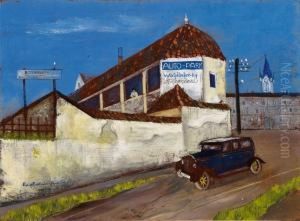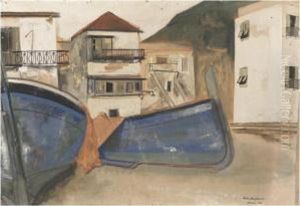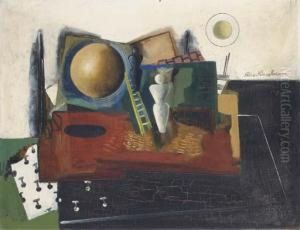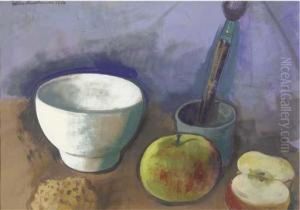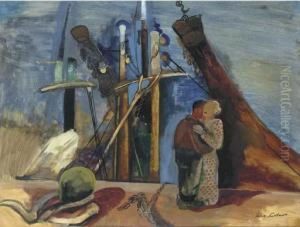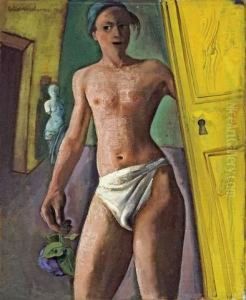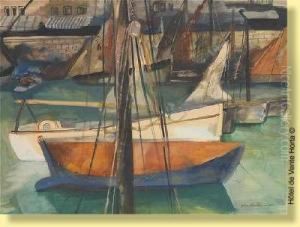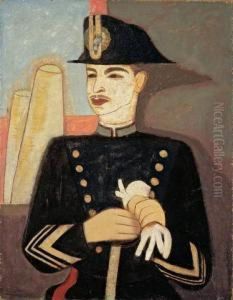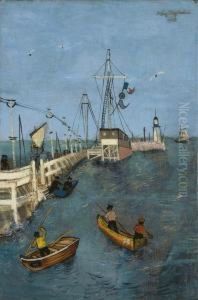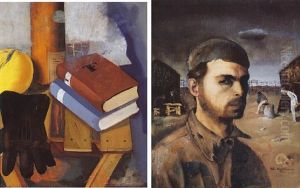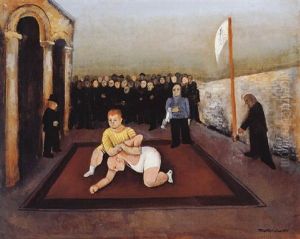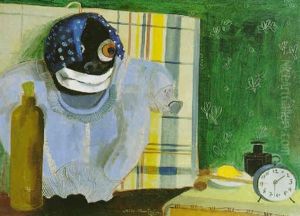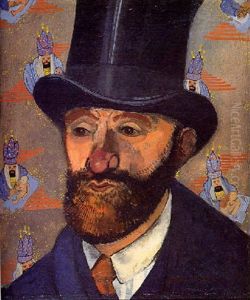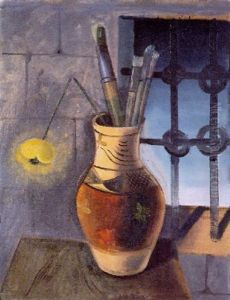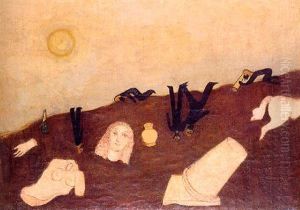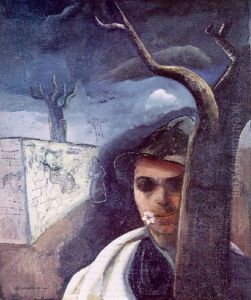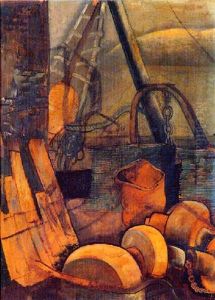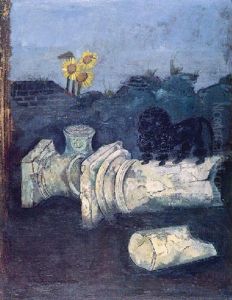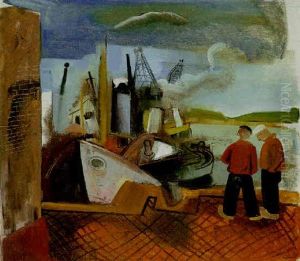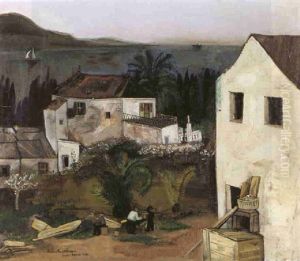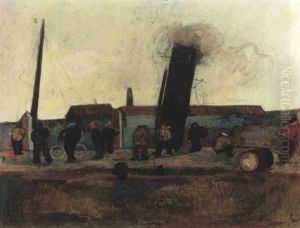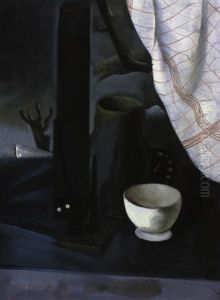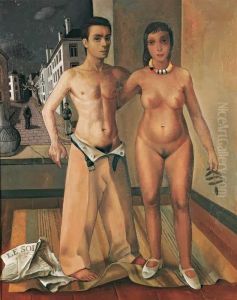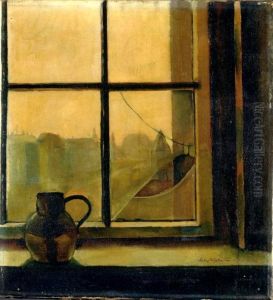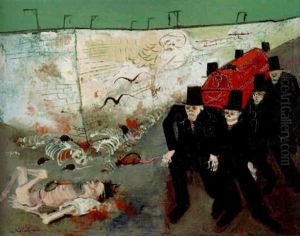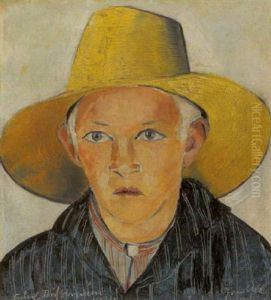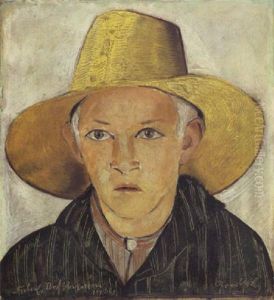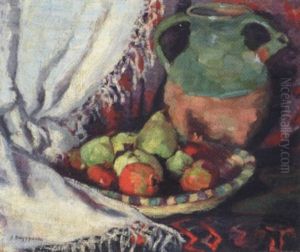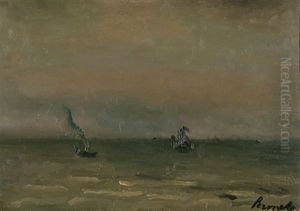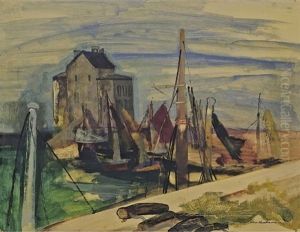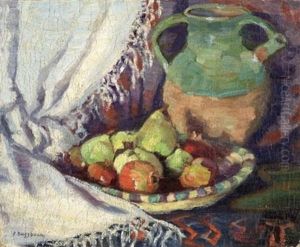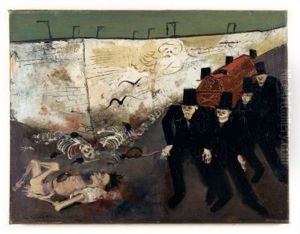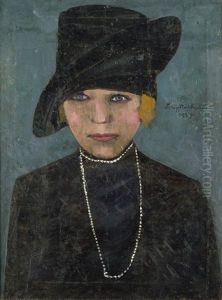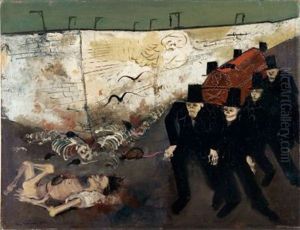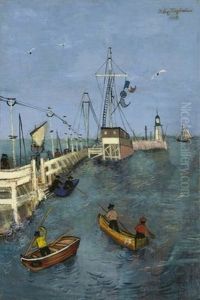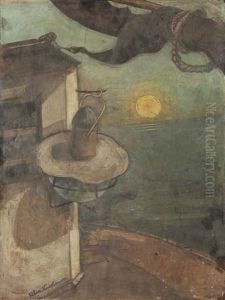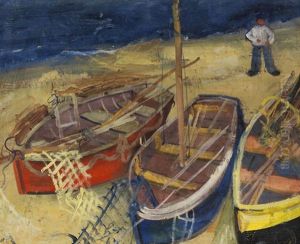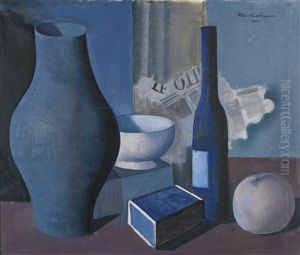Felix Nussbaum Paintings
Felix Nussbaum was a German-Jewish surrealist painter, whose art is marked by the rise of Nazism and the experience of the Holocaust. Born on December 11, 1904, in Osnabrück, Germany, he was the son of a successful merchant and began his artistic training at the Hamburg State School of Art. In 1924, he continued his studies at the Berlin Art Academy.
Nussbaum's early work was influenced by the New Objectivity movement, and his paintings from this period often depicted the lives of the middle class and the marginalized in society. However, with the rise of the Nazi regime, Nussbaum's situation deteriorated rapidly because of his Jewish heritage. In 1933, he was forced to leave Germany and he moved to Rome, where he studied at the Villa Massimo. His art during this period reflected his increasing anxiety and sense of isolation.
As the political situation in Europe worsened, Nussbaum and his wife Felka Platek, who was also a painter, fled to Brussels, Belgium, where they lived in hiding. During World War II, his art became a form of personal resistance against Nazi oppression and a documentation of his life in hiding. His paintings from this time often contain allegorical and symbolic elements that express the terror and desperation of the Holocaust.
One of his most famous works, 'The Triumph of Death' (1944), is a poignant reflection of his personal turmoil and the collective Jewish experience under the Nazi regime. Nussbaum's art serves as a powerful testament to the resilience of the human spirit in the face of unimaginable adversity.
Sadly, Nussbaum's life was cut short when he and his wife were discovered by the Gestapo and deported to Auschwitz concentration camp, where they were murdered in 1944. His paintings, many of which were hidden and later recovered, have gained international recognition posthumously and remain a haunting reminder of the horrors of war and the importance of remembrance.
